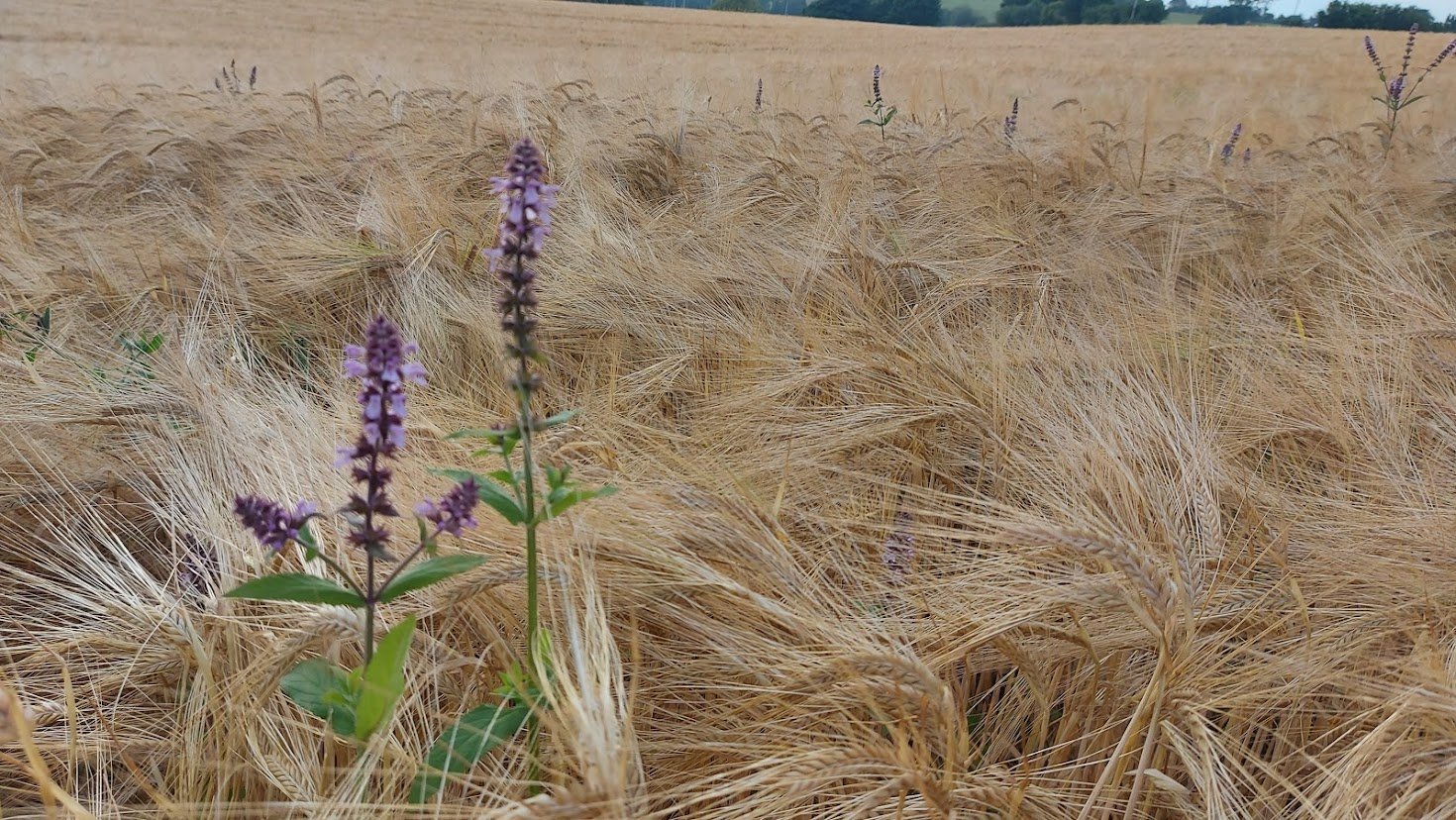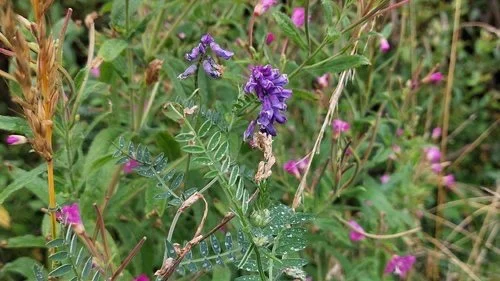Spruce is an incredible tree, but when planted so dense they can be detrimental to local wildlife. Having seen Illuan switch from a dark, blank canvas to now a luminescent and light filled coniferous haven, it is possible to see the potential. It already feels like the forests doors are open to all the surrounding wildlife.
Read MoreEarly this November Hometree Charity received European recognition SIMA Farming award for Environmental Innovation in Paris. This was a huge moment for us! We received this award for our Farm-Forest Project. This project aims to preserve the environment, connect and help farmers introduce tree systems onto their productive farms as part of a European Program funded by the Department of Agriculture.
Read MoreThis report will provide the first follow-up assessment to the initial baseline survey carried out in 2021, which documented the ecological condition of the spruce plantation known as the Illaun Farm-Forest (Costigan 2021). The Biodiversity Metric 3.1 was used to score the site as it allowed for the rapid assessment of biodiversity indicators.
Read MoreOur Farm-Forest EIP has a large community engagement, so we are thrilled to announce that throughout the months of June and July we will be hosting Illaun Farm-Forest EIP Community and Farm Talk Series.
Read MoreHometree’s EIP is the Illaun Farm-Forest Alliance, and it will foster an alliance between landowners committed to enhancing on-farm biodiversity throughout the Glendine Valley in County Clare. In this video Matt Smith, general manager and co-founder of Hometree, talks about the benefits these woodlands will offer to the farmlands taking part in the Illaun Farm-Forest Alliance project.
Read MoreHometree’s Engagement and Education officer Ray Ó Foghlú runs the farmer engagement side of the Illaun Farm-Forest Alliance. Hometree is working to support farmers in ways that benefit their farm, but also the broader environment. The idea was built around a complex of small oakwoods near Miltown Malbay.
Read MoreAt the end of February we started the first thinning of sitka spruce. The first step is to fell one in every six rows of conifers. We will also free up any native trees we come across, by thining the spruce around them.
Read MoreHometree has completed a survey of hedgerows at our Illuan Farm-Forest site, and the results are inspiring! Two of the hedgerows are ancient townland boundaries that date to the 8th century. These man-made structures have high embankments and deep ditches and support significant biodiversity.
Read MoreWe had heard of Continuous Cover Forestry, which would allow some Spruce to be removed while leaving the rest in place to provide a protective canopy for new saplings. But introducing a massive disturbance like this to an ecosystem is bound to have both positive and negative effects on biodiversity. So we needed a way to measure these effects over time, in order to ensure our actions are as restorative and healing as possible.
Read MoreLast autumn we got the fantastic news that Hometree has been approved by the Department of Agriculture to receive funding for a year-long European Innovation Partnership (EIP). Hometree’s EIP will be known as the Illuan Farm-Forest Alliance and will foster an alliance between landowners committed to enhancing on-farm biodiversity throughout the Glendine Valley in County Clare.
Read MoreNative woodlands are among the most biodiverse ecosystems in the Irish landscape. A new temperate woodland in Europe can take 100 years to reach similar levels of species richness. Plus, up to 80% of a woodland's plant diversity is found in its understory, which doesn't develop in a new temperate woodland as it does in native woodland.
Read More










